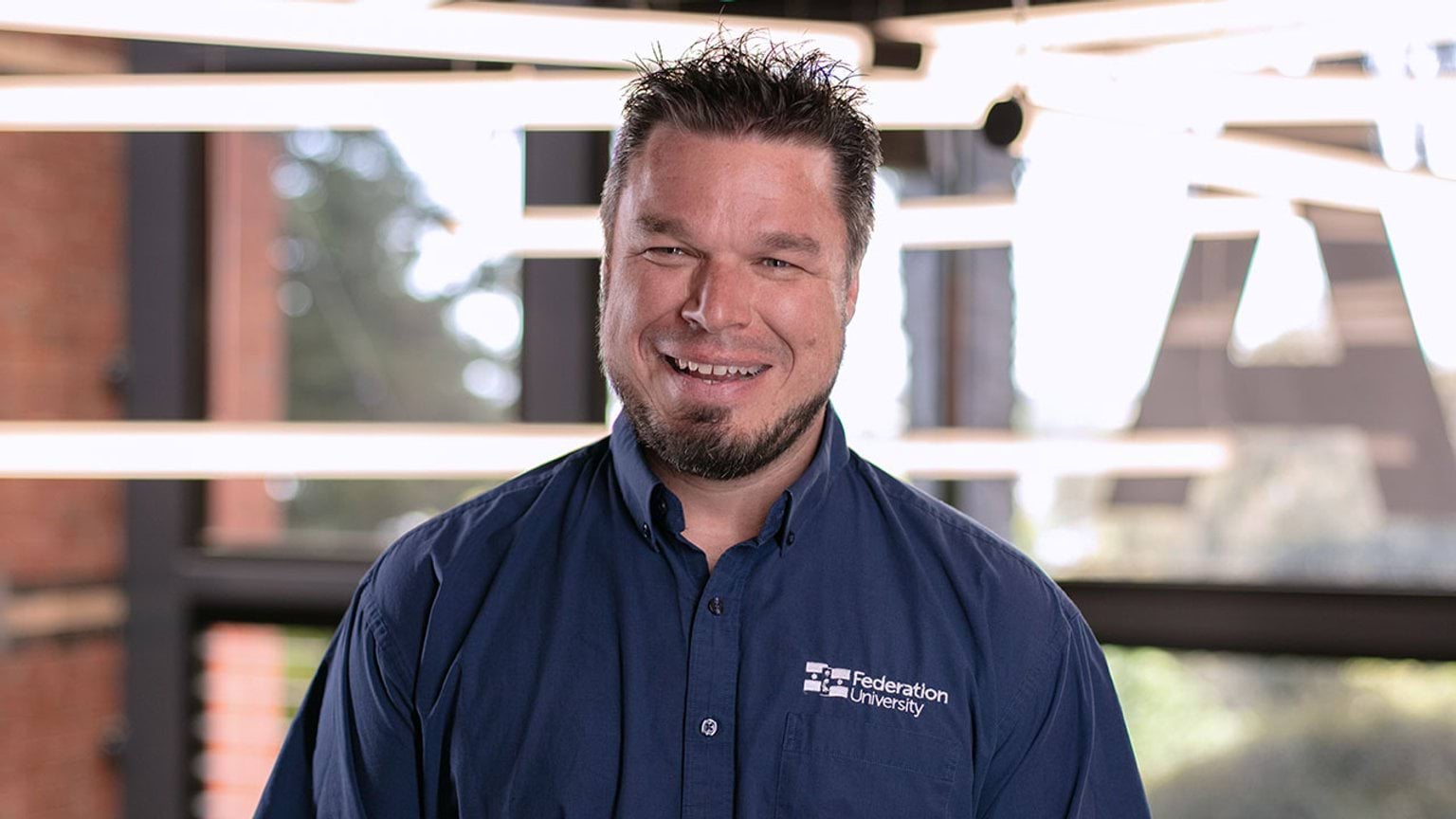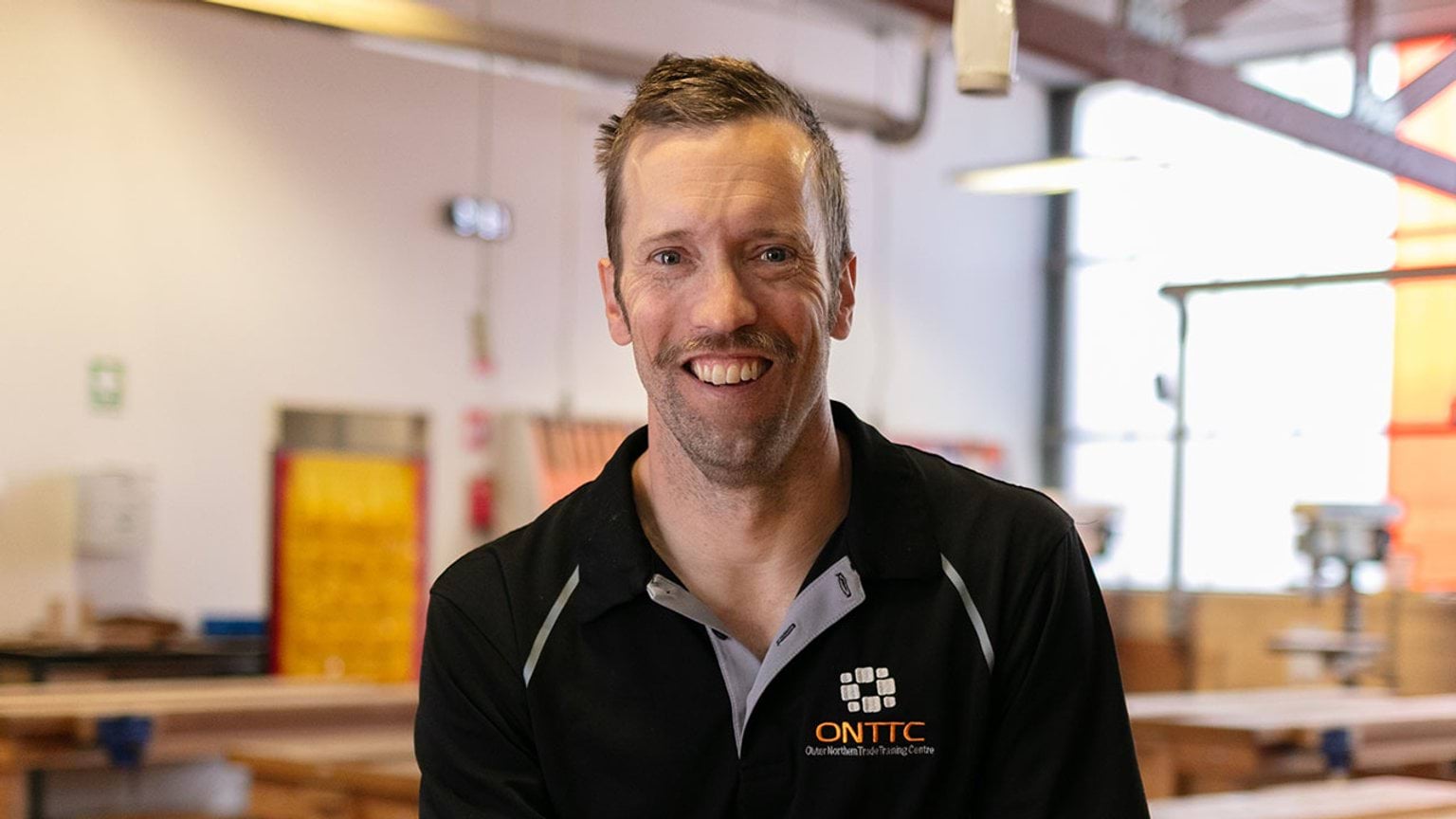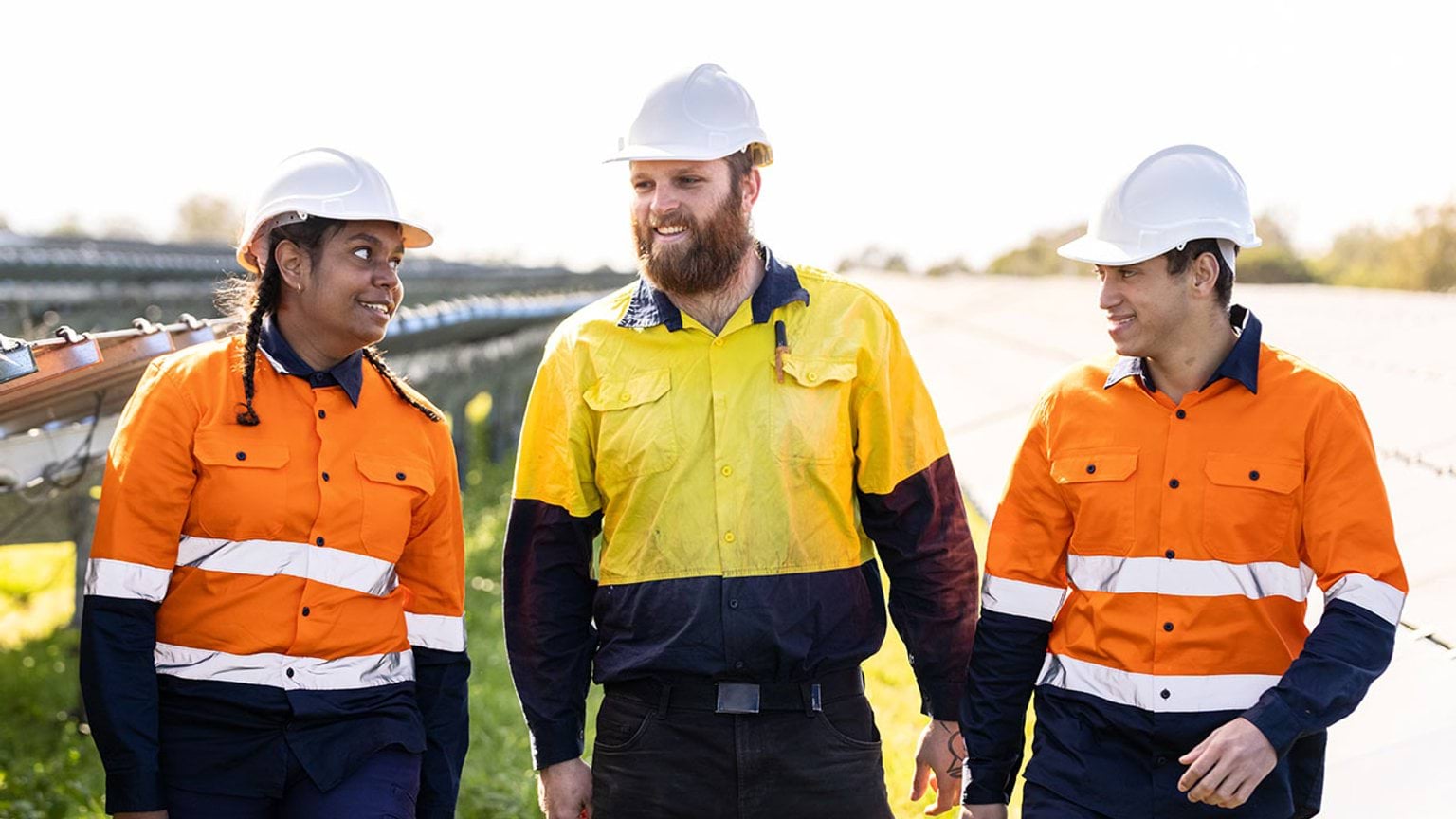The education and training services industry can be highly rewarding, especially if you enjoy educating, mentoring, leading and nurturing others. Depending on your role, you may work regular or flexible hours, with small or larger groups of children or students. You will have the opportunity to connect with people from diverse backgrounds and with unique experiences.
What people love about working in education and training services
Here are some of the benefits of working in education and training services:
- You can make a lasting impact by educating and supporting children and students.
- Victorian students come from all over the world. Their unique experiences and insights will inspire you.
- Education and training services is a growing industry that can provide lasting job security.
- You may be able to choose your hours. Many education and training roles offer flexible working hours.
Where you can work
The education and training services industry has a wide range of employers. For example, you could work for a school, a TAFE or a private training provider.
The kinds of education and training services settings you could work in include:
- early childhood education providers (kindergartens and early learning centres)
- primary, secondary and special schools
- universities and colleges
- vocational education and training providers, including TAFEs
- private training providers
- other training providers offering non-accredited training
- community organisations
- government departments.
Median salary
The median weekly earnings for people who work in the education and training industry in Australia is $1,900.
Source: Jobs and Skills Australia(opens in a new window)
Note that this salary is current as of January 2025 and is indicative only. A range of salaries apply to different roles across the industry.
Job demand in Victoria
Below are employment projections for the education and training industry in Victoria. Figures show the number of workers in 2024 and the new workers expected to enter the workforce by 2027 and 2034.
‘New workers expected’ accounts for workers adding new jobs to the economy and replacing retirees over the next 3 and 10 years. These projections are estimates only. There will be additional jobs available as people move between jobs and industries.
| Region | Workers 2024 | New workers expected by 2027 | New workers expected by 2034 |
|---|---|---|---|
| Victoria | 305,953 | 31,874 | 129,763 |
| Melbourne – inner metropolitan | 43,100 | 4,279 | 17,878 |
| Melbourne – inner south-east metropolitan | 29,102 | 2,461 | 10,144 |
| Melbourne – southern metropolitan | 38,574 | 3,971 | 16,266 |
| Melbourne – northern metropolitan | 40,575 | 4,700 | 19,750 |
| Melbourne – eastern metropolitan | 48,075 | 4,044 | 17,858 |
| Melbourne – western metropolitan | 36,713 | 5,116 | 20,377 |
| Ballarat and surrounds (Central Highlands) | 9,038 | 999 | 3,867 |
| Bendigo, Echuca and surrounds (Loddon Campaspe) | 10,176 | 1,145 | 4,113 |
| Geelong, Colac and surrounds (Barwon) | 16,467 | 1,886 | 7,455 |
| Gippsland | 11,905 | 1,240 | 4,654 |
| Horsham and surrounds (Wimmera Southern Mallee) | 1,971 | 176 | 607 |
| Mildura, Swan Hill and surrounds (Mallee) | 4,158 | 325 | 1,283 |
| Shepparton, Seymour and surrounds (Goulburn) | 5,269 | 529 | 1,821 |
| Wangaratta, Wodonga and surrounds (Ovens Murray) | 6,422 | 610 | 2,257 |
| Warrnambool, Hamilton and surrounds (Great South Coast) | 4,407 | 393 | 1,433 |
Source: Victorian Skills Authority Employment Projections Dashboard
Career success stories

From mechanics to clean energy: how Andrew transferred his skills across careers
“My mechanical and electrical background was perfect for clean energy. As technicians, we’re constantly reskilling and learning to keep up, which means opportunities keep coming to try new things.”

Feeding the world: Bec’s passion for training tomorrow’s farmers
“I don’t think people realise just how big agriculture is and how many different pathways there are into it. If I have the opportunity to support our future farmers, what a joy!”

From coffee to classrooms: Brett’s TAFE teaching journey
“If you are passionate about representing your industry and helping others, TAFE teaching can be a great path. I’ve got students who have been a truck driver for 30 years, or an arborist or nurse.“

Flying high: Leif is lifting the aircraft maintenance workforce
“I believe there will be a seismic shift in the next decade of aviation. There are a lot of opportunities across the board, from apprenticeships right through to senior leadership positions.”

Styled for self-image: Paige’s hairdressing impact
“Our apprenticeships are naturally very practical. You’re in the salon getting first-hand experience which opens up windows of opportunity for learning, growth and making connections in the industry.”

The right person for the right job: Tom’s teaching journey
“VET teachers and students are hands-on people – we’re constructors, that’s how we learn. The lessons are so concrete and real. As a young person, to find your place is a beautiful thing.”
Resources to plan your next steps
Visit our education and training services industry profile to find out about:
- what it’s like to work in education and training services, and some of the jobs you could do
- training and skills to work in the industry, and financial assistance to help pay for your course
- help getting a job in education and training services, and industry job projections for Victoria
- other free resources and advice to plan your training and career.
Also visit our working with children and young people industry profile.
Explore growing industries in your region
Updated



